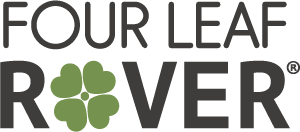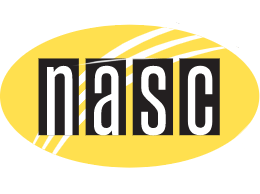5 Things All Dog Owners Should Know About Lectins

You’ve probably heard about gluten … it’s that pesky little protein found in grains, like wheat and barley. For dogs (and people) with sensitivities, it can wreak havoc on their system.
But there’s another family of proteins found in virtually all food that may be even more sinister. One that is relatively ignored … and that is lectins.
What Are Lectins?
Lectins are proteins that bind to sugar. In small amounts they’re okay for your dog but too much can cause a lot of trouble. This includes reducing your dog’s ability to absorb nutrients.
Gluten is a lectin, which accounts for its problematic nature, but there are more to lectins to worry about …
In fact, varying amounts of lectins are found in most plants and animals. But if that’s the case ... how are you supposed to feed your dog?
To help break things down, here’s a quick list of things you should know about lectins. It should help you figure out how best to approach lectins when it comes to your dog’s diet.
1. Lectins Are A Natural Defense System
Lectins are a plant’s defense system against predators, and are actually considered a plant’s natural insecticide. Since plants can’t run away, lectins are anti-nutrients that cause pests/predators to feel discomfort when they eat the plant. Some of the more toxic lectins can even cause death. This discourages the plant’s predator from continuing to eat it.
As a result, those of us who consume some types of lectins will feel the effects. Lectins have been linked to autoimmune conditions in humans, including irritable bowel syndrome, colitis and arthritis.
2. Not ALL Lectins Are Bad
There are many different types of lectins, and some are worse than others. There are two types that are particularly harmful:
- Prolamins found in foods that contain gluten
- Agglutinins found in foods like kidney beans and soy
Some foods have higher levels of lectin than others. Foods with larger amounts of lectins include:
- Grains
- Legumes - soy and beans
- Nuts
- Corn
- Nightshades - tomatoes, potatoes, eggplant and peppers
- A1 dairy which is in most commercial milk products
- GMO foods
“Why GMO foods,” you ask?
Remember that natural pesticide ability that lectins have? Well it hasn’t been lost on GMO developers and so lectins are worked into these foods in order to build up their resistance to pests. Just another reason to avoid GMOs.
3. Harmful Lectins = Bad Gut
The more harmful lectins can contribute to leaky gut by causing damage to your pet’s gut lining. In turn, this can lead to the body attacking itself and possible autoimmune diseases.
In addition, lectins can contribute to the overgrowth of bad gut bacteria like E coli – which as we all know is a very bad thing!
RELATED: What is leaky gut and how you can fix it ...
4. Lectins: Bad For Thyroid
Lectins are bad for thyroid conditions. They can cause too little hormone in those with hypothyroidism – exactly what you wouldn’t want to happen. It can also cause too much thyroid hormone in those with hyperthyroidism, though this condition is much rarer in dogs.
5. You Can Reduce Lectin Content In Some Foods
Lectin content can be reduced or even eliminated by cooking, soaking and rinsing, or fermenting the food.
For an easy guide on soaking grains, beans, nuts and seeds, check out Yogitrition’s how-to.
So Where Does That All Leave Us?
Because lectins are in so many different foods, opting for a lectin-free lifestyle for your dog is not an option. But there are steps you can take to reduce the lectins your dog eats.
For those feeding a raw-meat based diet ...You’re probably already avoiding the bulk of the harmful lectins.
For those feeding veggies, dairy and grains ...It may be a good time to take inventory of what you’re feeding your dog. Replace nightshades with other vegetables (like leafy greens) and limit the grains and dairy.
If you like to give your dog dairy … choose grass-fed milk over grain-fed and use unpasteurized, raw dairy.
Find us in a store near you
Never miss out
Need help? Chat with us





